This homemade sauerkraut recipe is excerpted from our friend Brittany Wood Nickerson’s new book Recipes from the Herbalist’s Kitchen © used with permission from Storey Publishing.
Looking out over the ocean is easily one of the more mesmerizing ways to view the natural world. The constantly changing interplay of the soft gray-green foam of crashing waves, the light greens of shallow waters, and the dark blues, purples, and blacks of the deep sea is a reminder of the mutability of our perspective: it changes as we move, as the tide ebbs and flows, as what lies beneath changes.
Watching this magical kraut ferment is like watching the ocean — only the dance of change happens right on your kitchen counter. As lactic acid bacteria break down the fibers, starches, and sugars in the cabbage and seaweed, they create new nutrients (vitamins and probiotics) and new colors. Ever-changing and alive, the kraut feeds not just our body but our perspective.
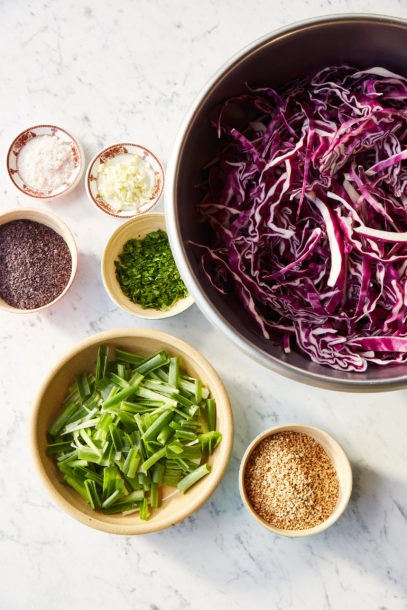
Sauerkraut is excellent for digestion; the sour flavors are light and fresh and help cleanse the palate. It makes a great condiment or side dish for almost any meal.
Seaweeds are the greens of the ocean, vitamin- and mineral-rich superfoods. While there are many varieties of seaweed, each with its own unique health benefits, they all have a softening effect on the body. This is particularly noteworthy for the cardiovascular system; here, seaweed helps maintain flexibility in the blood vessels. Picture dulse, or another variety, growing on a rock, riding the waves of the sea, flexible and adaptive as wave after wave runs its course. When our arteries have become hardened by plaques and age — or our minds have become hardened by thoughts or experiences — seaweeds help us relax and soften.
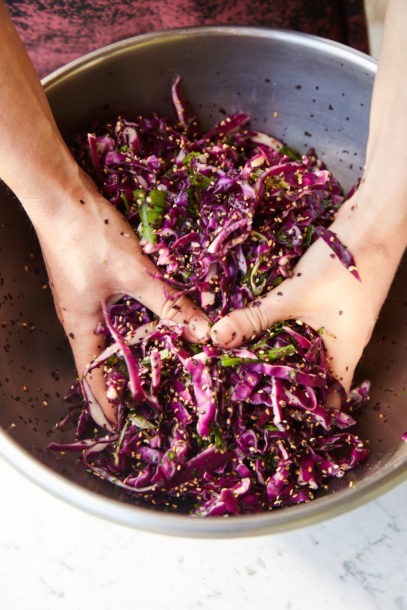
Besides providing a rich array of vitamins, minerals, and trace nutrients, dulse acts as a flavor enhancer. Its presence adds an intriguing salty flavor that is sometimes hard to pinpoint.
FERMENTATION BASICS
Lactobacillus and other bacteria responsible for successful fermentation thrive in a salty environment but are harmed by chlorine and iodine. For this reason, we need to pay special attention to the ingredients we use when preparing fermented foods. Successful fermentation requires nonchlorinated water — filtered water, well or spring water, or some kinds of bottled water. Many municipal water supplies are now treated with chloramine, a more stable form of chlorine. Chloramine is harder to remove than chlorine; you may need a special filter. Call your municipality to find out how they treat your water.
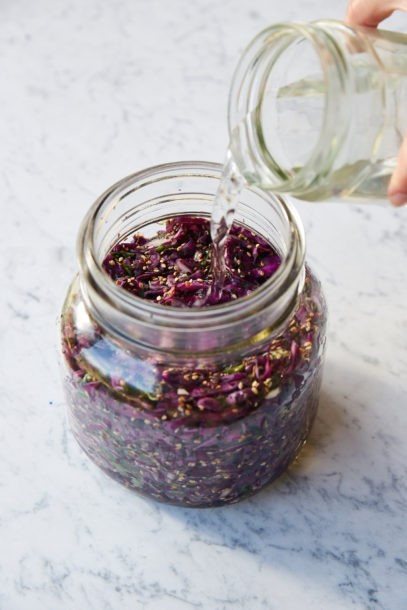
It is also important to use non-iodized salt. Like chlorine and chloramine, iodine disrupts the delicate balance of bacteria in your ferment and could cause it to spoil. I prefer to use unrefined salt in my cooking and for fermentation. Unrefined salt contains minerals and usually has a gray or pink color. However, any non-iodized salt will work, including kosher salt and refined sea salt.
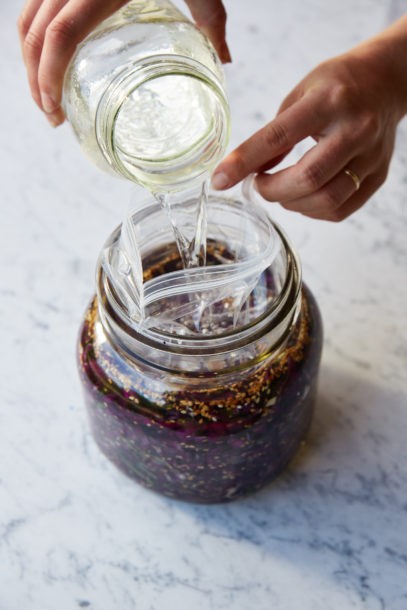
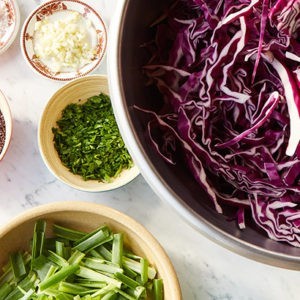
Deep-Sea Purple Kraut
Ingredients
- 1/2 cup sesame seeds
- 1 purple cabbage (about 3 lbs)
- 2 bunches scallions, sliced in half lengthwise and cut into 1-inch pieces (1½–2 cups)
- 1/2 cup packed fresh chopped parsley
- 1/2 cup finely chopped dulse or dulse leaves (about 1/2 ounce)
- 1-2 cloves garlic, finely chopped or pressed
- 1 1/2 tsp non-iodized salt
For the Brine:
- 2 cups non-chlorinated water
- 1 tbsp non-iodized salt
Instructions
- Toast the sesame seeds in a skillet over medium-low heat until golden brown and aromatic, 5 to 10 minutes. Remove from the heat and set aside to cool.
- Remove and compost the outer leaves of the cabbage. Cut the head into quarters and slice ¹⁄8 inch thick, or as thin as you can. (You can remove the core before slicing, but I don’t usually bother.) Combine the sliced cabbage in a large bowl with the toasted sesame seeds, scallions, parsley, dulse, and garlic. Sprinkle the salt over the cabbage mixture and massage with your hands by squeezing and flipping for 10 to 20 minutes. Let the cabbage rest for 10 minutes or so, then massage for another 5 to 10 minutes. By this point, the cabbage should have begun to sweat, with juice collecting at the bottom of the bowl.
- Tightly pack the cabbage mixture into a clean half-gallon mason jar or crock. Pour any juice remaining in the bowl into the jar. If that juice is enough to cover the cabbage by 1 inch, you do not need to prepare the brine.
- Prepare the brine: Warm ¼ cup of the water, add the salt, and stir until dissolved. Stir that salty water into the rest of the water.
- Pour enough brine over the cabbage to cover it by about 1 inch. (You should have enough brine, but make more if you need to.) To keep the cabbage submerged beneath the brine, set a ziplock bag on top of the cabbage and fill it with water, so it spreads out and seals off the jar or crock. Or set a smaller glass jar filled with water as a weight on top of the cabbage. If you are using a crock rather than a jar, you can put a plate on top of the cabbage inside the crock and put a jar full of water on top of the plate to weigh it down.
- Let the kraut ferment at room temperature until the flavor reaches your liking, 1 to 3 weeks. Check it every other day during the first week to make sure the cabbage stays submerged beneath the brine; any cabbage exposed to air may mold. Push the weight down as needed and add more brine if necessary.
- Begin to taste the kraut after 1 week. The longer it ferments, the more sour the flavor and the softer the cabbage. The speed of fermentation will vary depending on the ambient temperature. A ferment made during a heat wave in August might take only 10 days to be as sour as you like it, whereas a ferment made in October could require 3 weeks or more.
- When you like the taste, transfer the kraut to smaller glass jars or plastic containers and store in the refrigerator, where it will keep for 3 to 6 months. Once it is refrigerated, the kraut does not have to be submerged beneath the brine; the cold will keep it from spoiling.

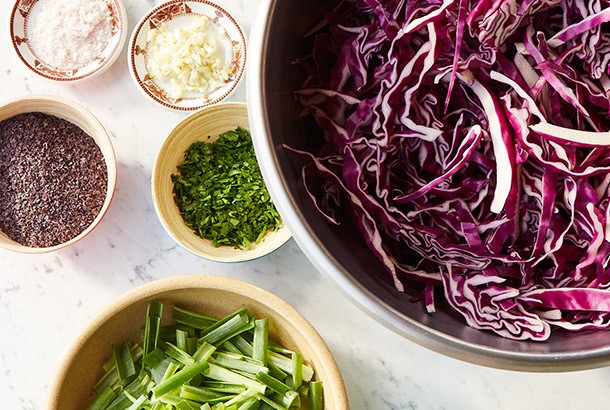


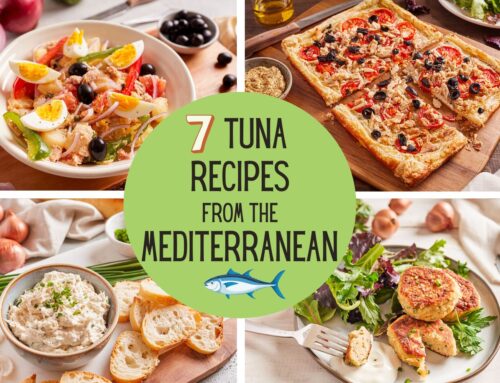
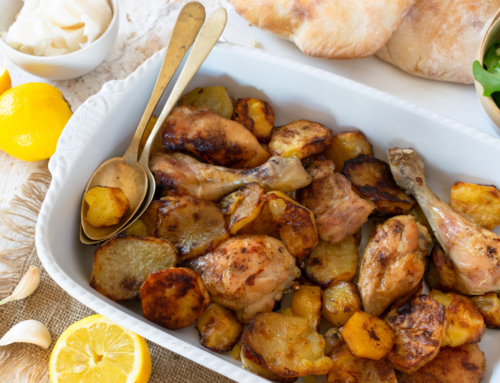
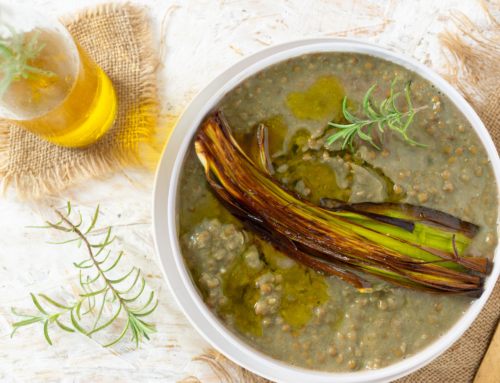
OMG this is the best and am making another batch tomorrow. Eat it every day!
Glad you love it!